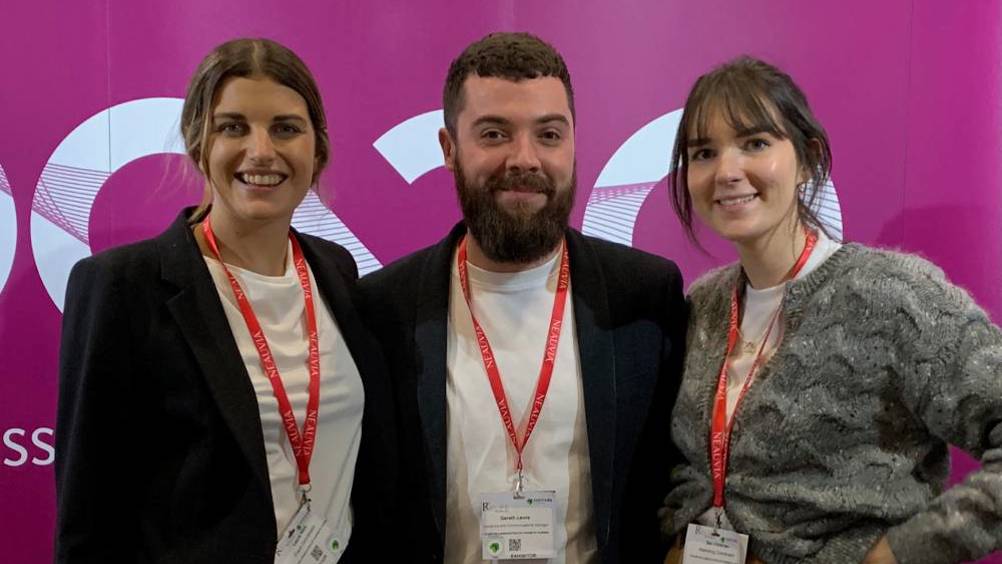References
Onwards and upwards


As the UK's largest professional association for nurses working within the speciality of medical aesthetics, the British Association of Cosmetic Nurses (BACN) bears a huge responsibility to its members and to the specialism as a whole to work to improve patient safety and establish best practice. With over 1000 members, the association represents a varied and interesting group of nurses. Many members work full-time within aesthetics, but a sizeable portion still maintain part-time employment within the NHS. Some 60% of members are prescribers, a much larger percentage when compared to the overall number of nurses who hold the V300 qualification on the Nursing and Midwifery Council (NMC) register (less than 10%) (NMC, 2021a). In 2020, the NMC signposted the BACN for all registrants managing or working in businesses within the aesthetics and cosmetics industries (NMC, 2021b). This signposting was instrumental in nurses who were newer to aesthetics joining the BACN in the hundreds throughout 2020 and 2021. However, this year, the BACN also achieved its strongest retention rates since its inception, maintaining a core membership of nurses who have over 10 years' experience within the specialism.
Register now to continue reading
Thank you for visiting Journal of Aesthetic Nurses and reading some of our peer-reviewed resources for aesthetic nurses. To read more, please register today. You’ll enjoy the following great benefits:
What's included
-
Limited access to clinical or professional articles
-
New content and clinical newsletter updates each month


